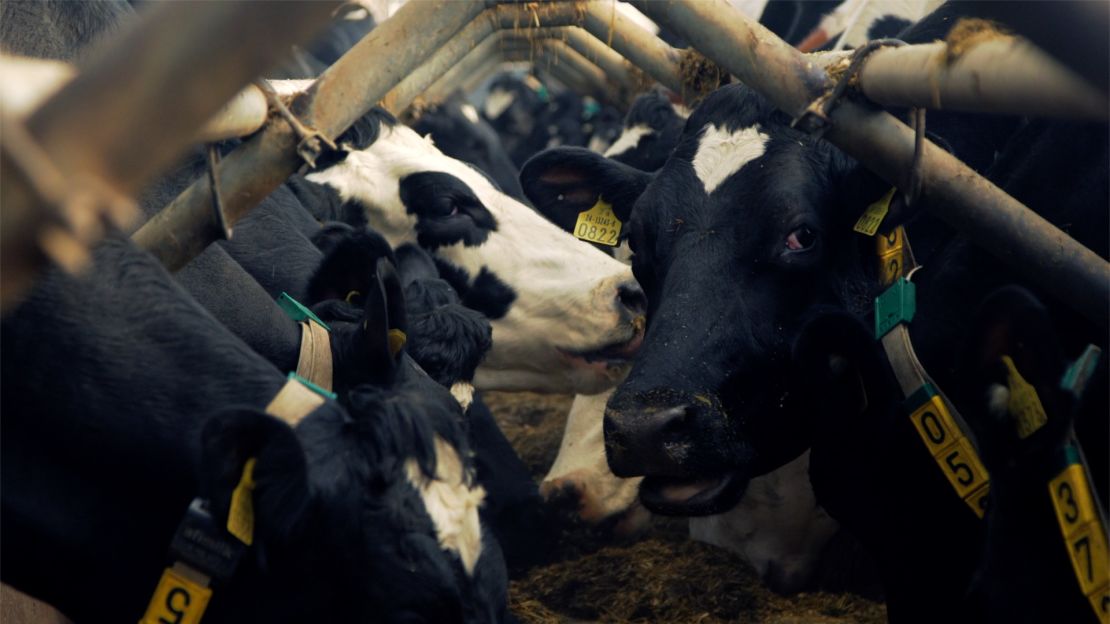5G has the potential to disrupt a huge number of industries, including one of the world’s oldest: Farming.
Next-generation 5G networks can be 100 times faster than 4G, making communication between devices and servers much quicker. 5G can also carry much more data than other networks.
That makes the technology ideal for transmitting information from remote sensors and drones, key tools that are being tested by farmers. 5G is also helping to automate farming processes.
Drones that use 5G are helping to improve potato production in the Netherlands. And in Japan, 5G sensors are used to monitor the water temperature and salt concentration of oyster farms.
5G collars
UK initiative 5G RuralFirst launched a smartphone app in March called Me+Moo, which lets farmers track a “connected” cow and receive daily updates on the animal’s health and behavior.
The system, which is being tested on cows at the Agri-Epi Center in Somerset, England, is funded in part by a UK government grant and supported by the tech company Cisco (CSCO).

The cows wear 5G-connected collars that send data to the app on everything from what they’re eating to how they’re sleeping. Farmers can see the info instantly, and pass it on to veterinarians or nutritionists.
“This provides peace of mind that the cows are happy, healthy and behaving normally, as well as early warning if they are getting sick, are pregnant or need to be checked,” said project manager Duncan Forbes.
5G evangelists argue that because farms cover large areas that are difficult to monitor, the agriculture sector is well placed to benefit from remote data collection.
The technology could help irrigation systems to turn on at the optimal time of day, or cattle to be grazed on areas that provide the best nutrition. By improving efficiency, it will be possible to produce more food.
Yet to make a difference, 5G will first need to be installed in rural areas.
Automation matters
The UN Food and Agriculture Organization predicts that in order to provide for the world’s rapidly rising population, the planet will need to grow 70% more food in 2050 than it did in 2009.
“To respond to those demands, farmers will need new technologies to produce more from less land, with fewer hands,” reads one report from the organization.
That’s where automation comes in.
In 2017, another 5G RuralFirst project became the first in the world to successfully plant, tend and harvest a crop without a single human stepping foot in the field.
Autonomous tractors sowed the seeds, drones with sensors monitored the crops, and smaller machines took samples to assess what fertilizers and pesticides to apply and where.
The project, called Hands-Free Hectare, reported another successful harvest in 2018. It’s now going even further by using 5G technology to increase precision and efficiency in crop spraying.
“This will help not only sustain farming, but also make it easier and less demanding for those doing it,” Jonathan Gill, a researcher at Harper Adams University, said of the innovations.























